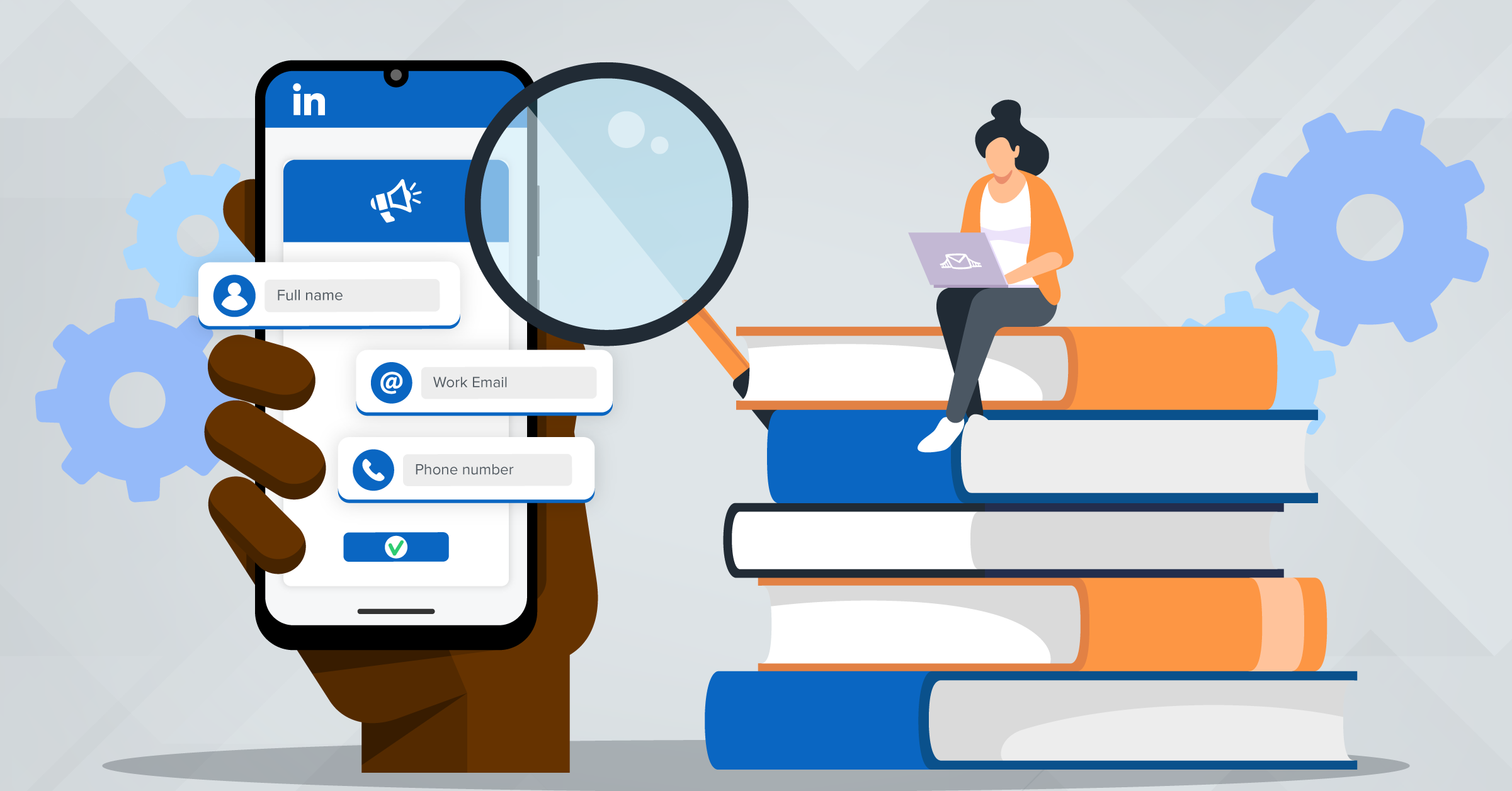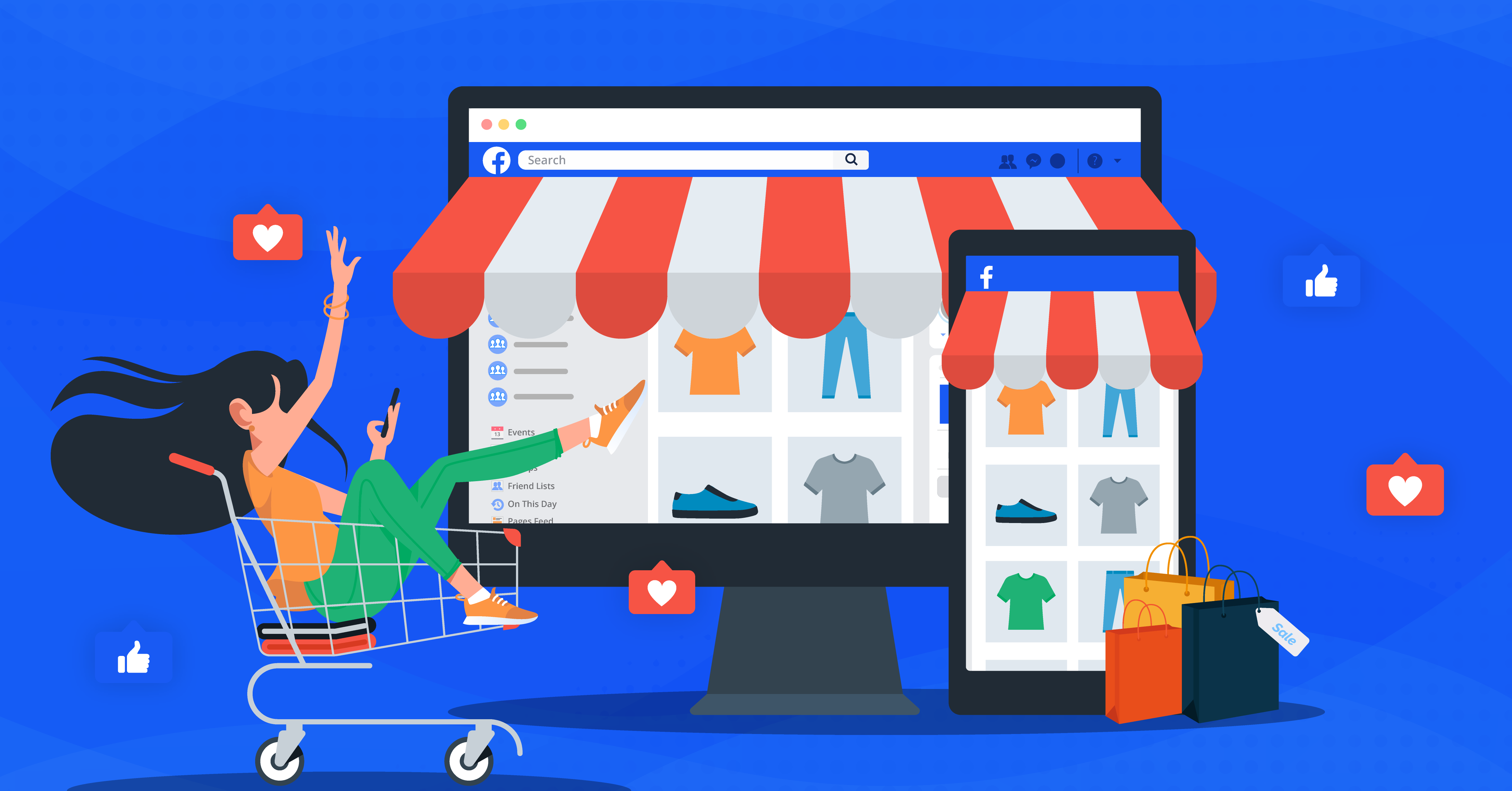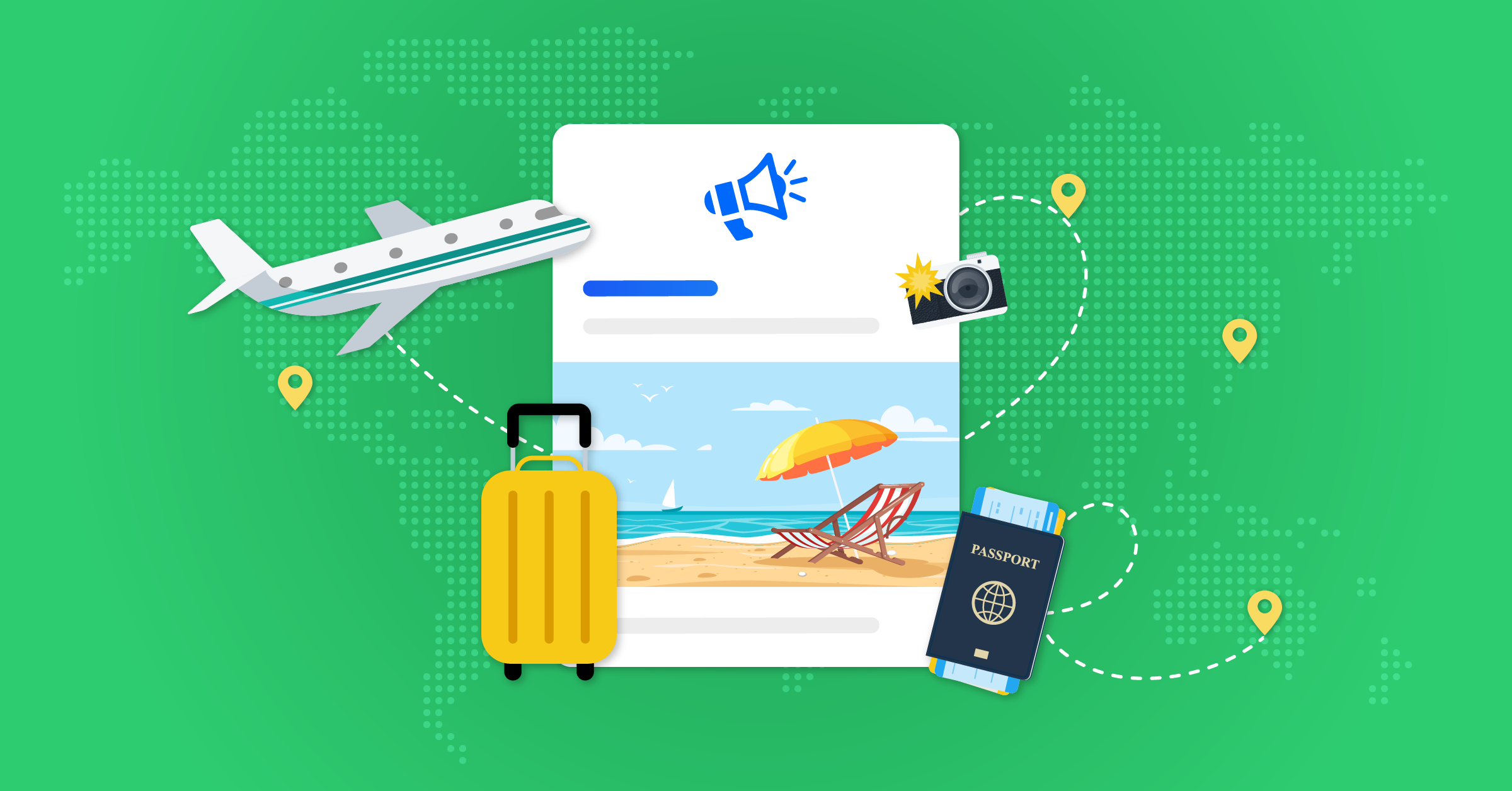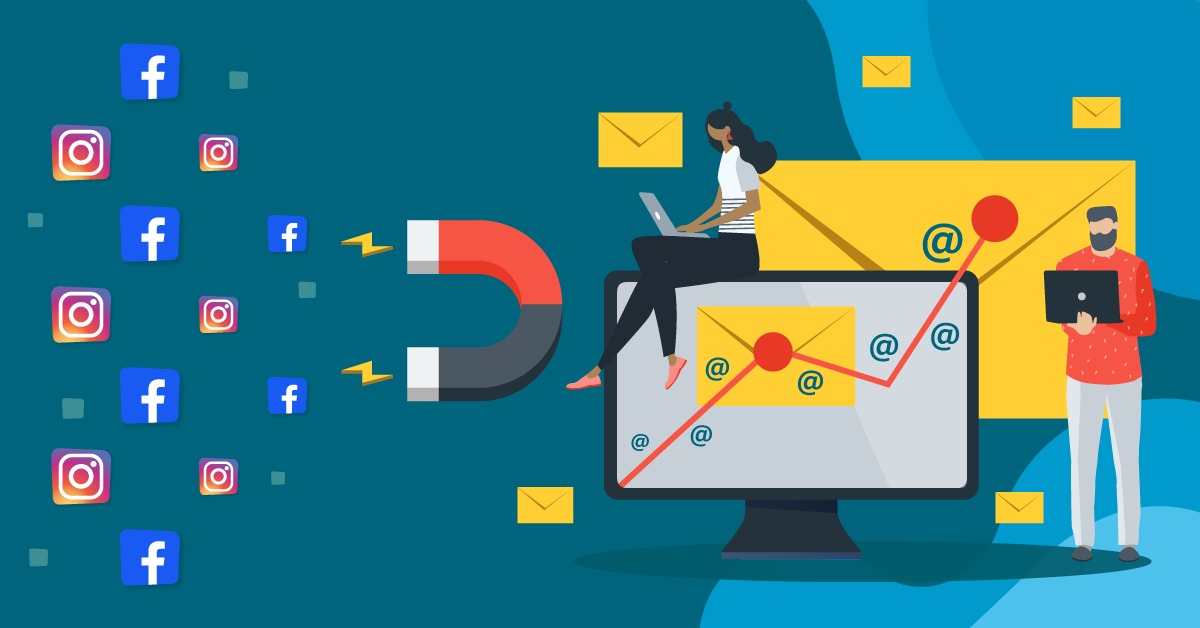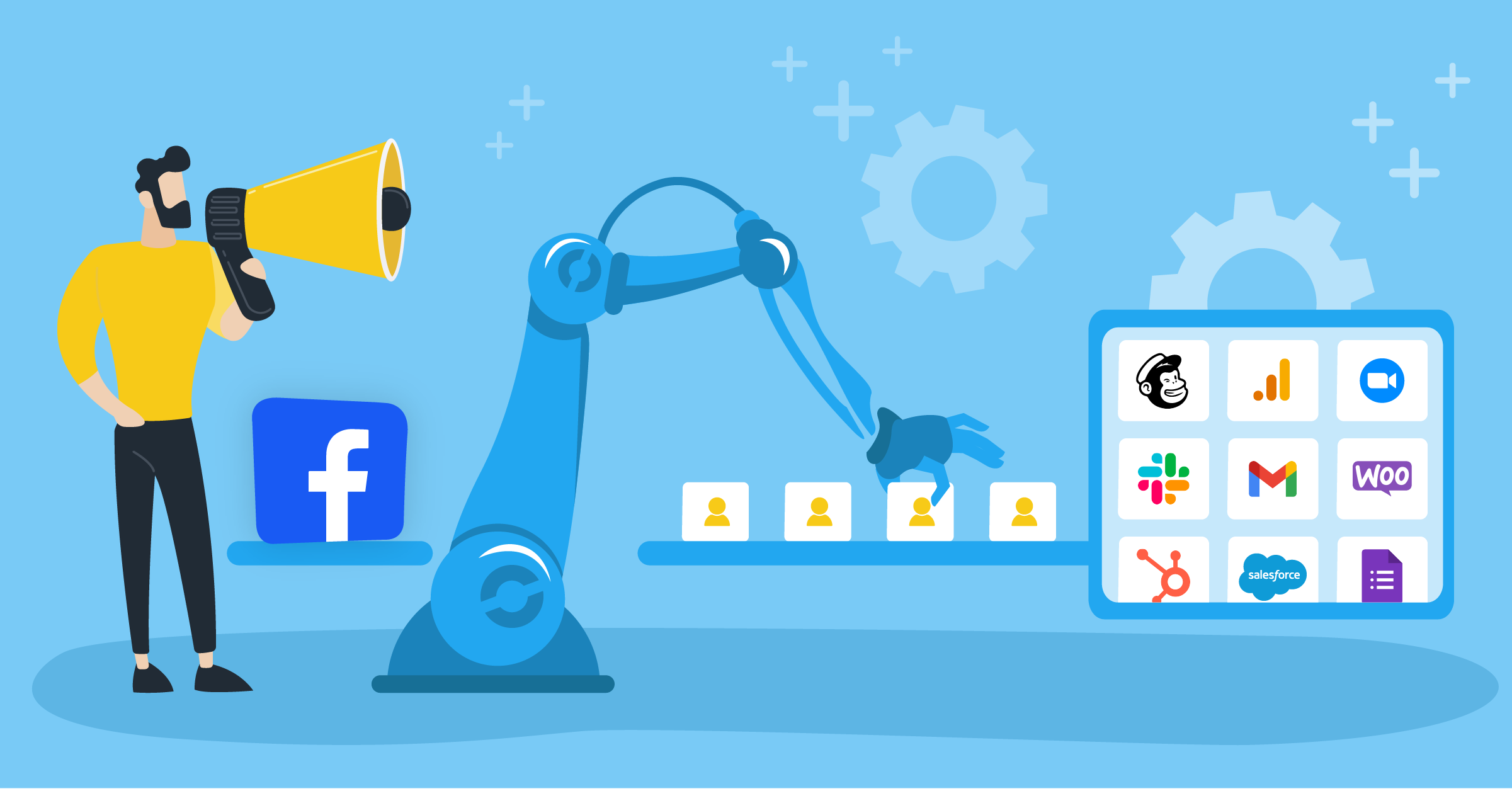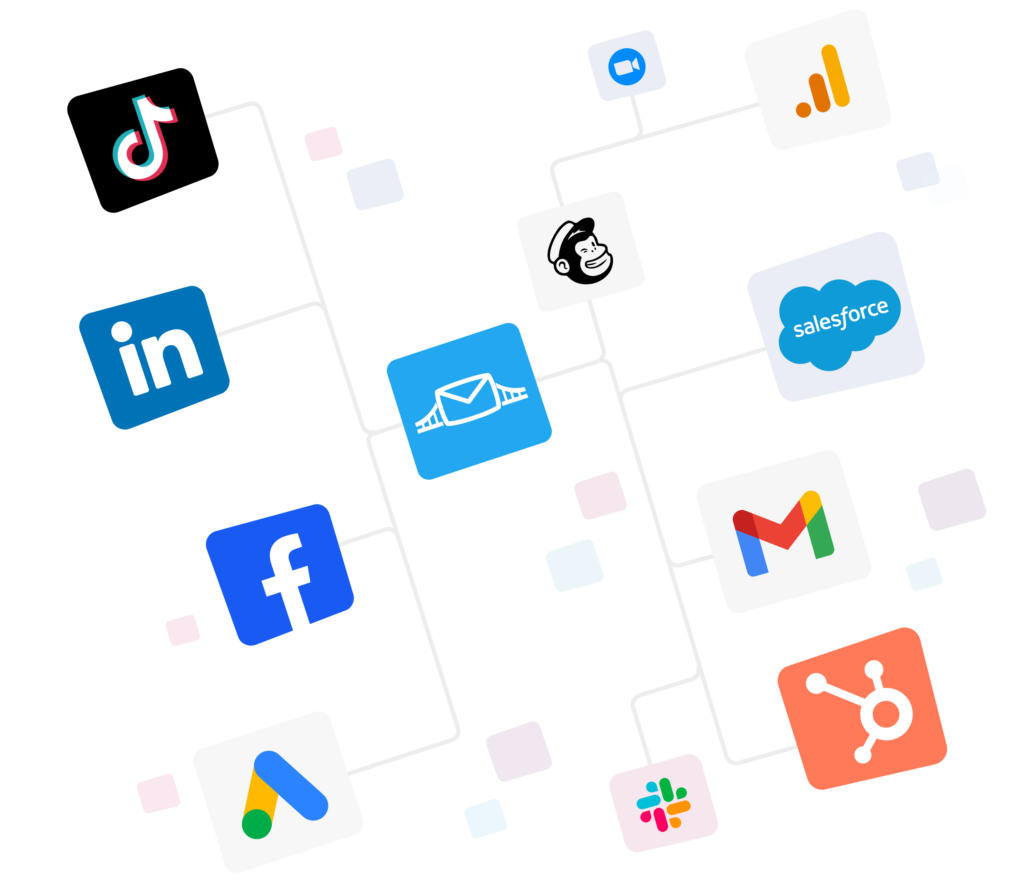
Lead generation is a system. You either have it or you don’t.
You can, however, build the system well, and your pipeline grows on schedule. But that requires a lead generation strategy built on tried-and-tested insights.
You may spend time and money to get those insights, or go to experts for advice. To help you get ahead of your lead generation game, we have done the homework for you.
In this guide, we’ll cover what a digital marketing lead generation strategy is, how to create a lead generation strategy that fits your business, and five proven plays you can use in 2026.
We’ll also discuss tools and lead gen automation solutions that remove the delays and poor data management, such as:
What is a lead generation strategy?
A digital marketing lead generation strategy is a plan you use to attract the right people, get their details with consent, qualify them, and move them into sales or nurture.
A robust strategy comes with tracking every step of the way. Basically, it should have three components:
- An offer (reason to sign up)
- A channel (where they see it)
- A conversion path (how their data travels into your tools)
How well you implement them is the difference between getting ‘more clicks’ and getting more revenue.
What is your lead generation strategy accomplishing?
How to create a lead generation strategy
These are the must-have elements in a high-performing strategy:
- Your ICP is defined right at the beginning.
Your Ideal Customer Profile is the tight description of who you serve best. Keep it to firmographics (industry, size), pain points, and triggers that show “ready to buy.”
- Map the buying journey.
A buyer should move from Awareness to Consideration to Decision. Each stage should be getting a content match and offers specific to its audience’s expectations at that stage.
For instance, at awareness, you teach, or at decision, you provide testimonials as proof.
- Run on one to three channels to start.
Pick where your platform: Meta, Google, LinkedIn, TikTok, email, and search. Instead of just being on every other platform, it’s best to run your ads on a couple of them where you know your audience is.
It’s important to choose a platform that makes sense for your business niche as well.
- Has one strong offer per stage.
You may consider calculators, templates, demos, trials, or audits. “Learn more” is not an offer. Here’s a visual example to give you an idea:

- Build the conversion path.
Forms, landing pages, and consent checkboxes, all of these must be simple enough to track and engage with.
Use UTM tracking and send data to your CRM and marketing tools in real time, as recommended by lead generation and management best practices.
- Set qualifying rules and routing.
Early on, you need to decide what makes a Sales Qualified Lead. You also need to route hot leads to sales instantly and send the rest to nurture.
These complex workflows can only be simplified through automated data bridges.
- Measure the right metrics.
Track and document all your performance data, such as Cost per Lead (CPL), Lead-to-SQL (Sales Qualified Lead) rate, Speed-to-Lead, pipeline created, and ROAS.
Pipeline metrics are the foundation of revenue generation, so you also need to find trends.
For instance, what have you been doing right to get more sign-ups, or why is your Facebook ad budget lagging behind when you compare results?
You can test one variable at a time and get a better idea about the goings-on of your campaigns.
- Automate your data management.
Sync leads to your CRM, email tool, and sales alerts the very moment they happen. You can build these workflows via automated data transfers.
Handling large datasets at a time for different accounts? Learn more about lead generation for digital marketing agencies here.
5 Effective lead generation strategies
1. High-intent lead form ads on major platforms
Use native lead forms where people are already scrolling. It started on Facebook. However, all top advertising platforms now let users submit details without leaving the app.
Here’s where you can start generating leads and directly automating all your incoming lead data:
- On Meta, using Facebook lead generation and Instagram lead ads.
- On LinkedIn, you need to know how to generate leads from LinkedIn and properly use LinkedIn Lead Gen Forms.
- On Google, go for Google Lead Form Ads and create a broad Google Ads lead gen strategy.
- On TikTok via TikTok lead generation.
2. Content-led SEO with conversion-ready landing pages
Organic search is a great way to bring a steady stream of audience with intent. Use helpful content with gated assets that solve a problem your audience often faces.
Also, create landing pages that load fast, focus on one offer, and get to the point.
It’s best to start with keyword mapping for each stage, write to answer real questions, and use a single call to action per page. Run A/B tests on headlines and form length.
Many brands start with content without setting a conversion path. This is something you want to avoid. All your posts should ideally have a relevant lead magnet or a CTA.
3. Conversational lead generation: chat, chatbots, and instant booking
Some buyers convert better in dialogue. Meet them with live chat, chatbots, and one-click calendar booking. You can use simple branching questions to qualify in under a minute.
You can set up chat for your high-intent pages (pricing, product, case studies). However, it’s important that you connect chat to your CRM and calendar so you can offer an instant slot when a lead qualifies.
4. First-party audience building and retargeting
Advertising is much more targeted when you use your own data. So, building evergreen audiences that update automatically is a must-have for your digital marketing lead generation strategy.
You can also later retarget specific audience segments. For instance, those who viewed your content, showed interest in your product, or have been mapped and assigned to a certain stage in your marketing funnel.
It’s best to start by segmenting your audience by lifecycle (prospect, lead, MQL, customer), product line, and engagement. It’s best that you refresh lists automatically so you do not waste time.
5. Close the loop via conversion tracking
If sales occur over the phone or in-store, your ad platforms may miss the credit. Send all your conversions back to platforms so algorithms can learn from them.
On platforms such as Facebook, this can also sharpen bidding and lower your spending.
You can send CRM opportunities and closed deals to Meta via Conversions API and to Google via Tracking API integrations.
Why should you automate your lead generation workflows?
Data management speed and accuracy are the difference between advertising that works and one that doesn’t.
The good news is that this can be easy to implement. Automated integrations remove the manual steps that slow teams down.
- Send leads from Meta, Google, LinkedIn, and TikTok into your CRM, marketing automation, and sales tools the moment prospects submit their details.
- Tag and segment leads as they come in. Route hot leads to the right rep and automatically funnel cold leads into nurture.
- Build audience lists that update in real time. And retarget them by stage and behavior.
- Use Conversions API integrations such as Meta’s Conversions API or LinkedIn Conversions API Audiences to measure the true impact of your spend and feed better data back into the algorithms.
LeadsBridge is designed for advertising and marketing workflows with 380+ integrations that take a few minutes to set up.
Final thoughts
To create a winning digital marketing lead generation strategy, you need to choose clear offers and remove every delay between a raised hand and a human response.
You also need to feed real outcomes back into your ad platforms so the machines can help you scale. The best way to do this is via automated integrations.
Discover LeadsBridge Lead Sync and turn intent into conversions.




























